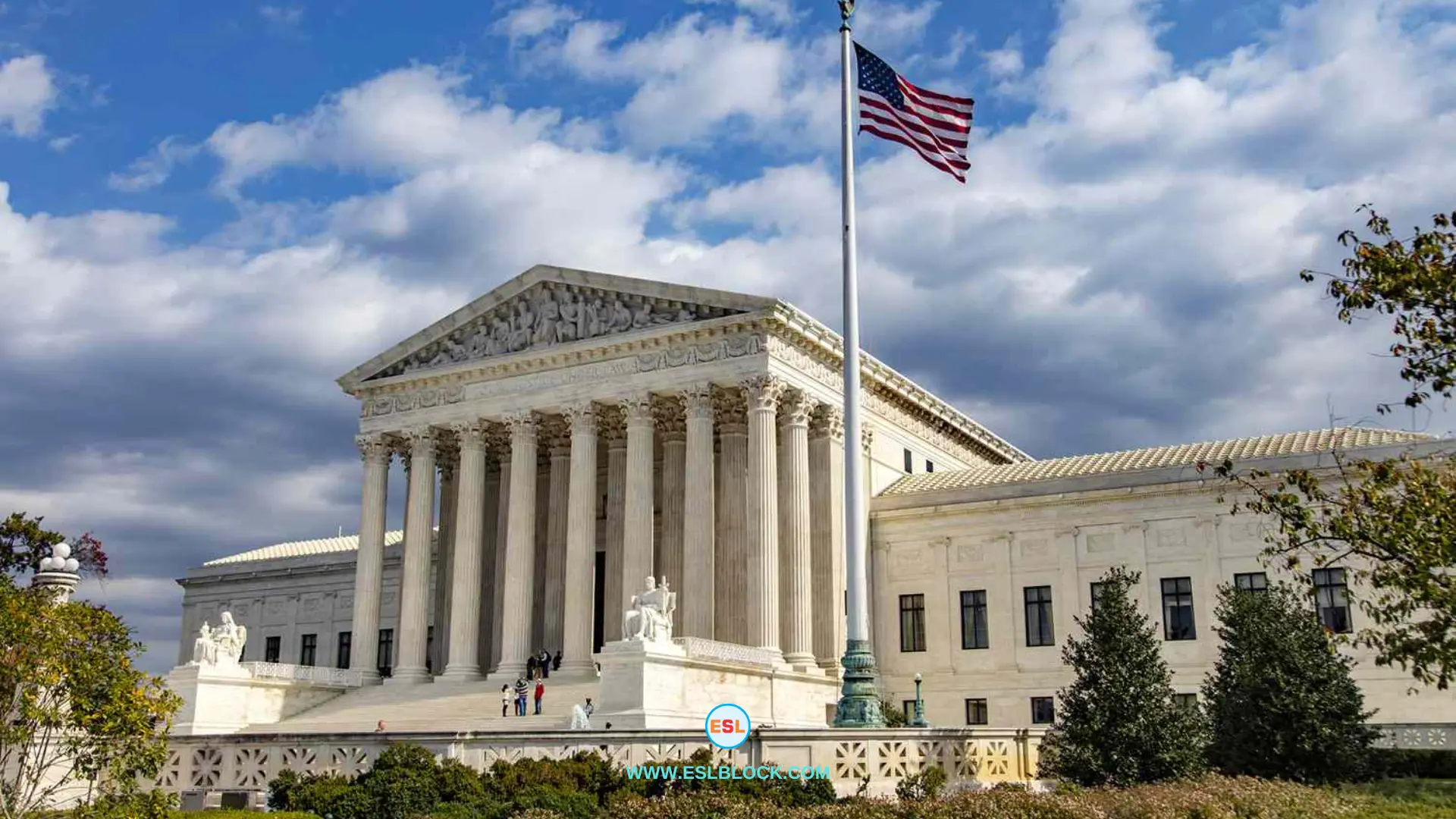Landmark Moments: The U.S. Supreme Court Case That Defined and Safeguarded English Learners’ Rights

From Lau v. Nichols to Today: The Evolving Legacy of a Landmark Ruling on Language Support in American Education
In 1974, the U.S. Supreme Court delivered a groundbreaking decision in the Lau v. Nichols case, a pivotal moment for federal English-learner policy. Chinese American families took a stand, arguing that the San Francisco Unified School District neglected language support for thousands of children in mainstream English-language classrooms. The court’s ruling, rooted in Title VI of the Civil Rights Act of 1974, established that failing to provide such support was tantamount to legal discrimination against students whose home language is not English.
Fast forward 50 years, and researchers argue that while Lau was a significant milestone for English learners’ civil rights and a cornerstone of contemporary discussions on serving these students, its implementation and enforcement at the state and local levels remain incomplete.
The history of Lau is intertwined with a national debate on the merits of bilingual education—a debate that persists as U.S. Secretary of Education Miguel Cardona advocates for multilingualism for all.
Timeline of Key Events:
1968: Congress authorizes the Bilingual Education Act, allocating funding for schools and districts to implement bilingual education programs, initially aimed at underserved Mexican American and Puerto Rican students.
1974: The U.S. Supreme Court rules on Lau v. Nichols, incorporating it into the Equal Educational Opportunities Act of 1974. The ruling prompts investigations by the office of civil rights, offering bilingual education as a remedy.
1975: The San Francisco Unified School District adopts its first master plan for K-12 bilingual bicultural education, including language programs and English language development.
1981: In the Castañeda v. Pickard case, the federal Fifth Circuit Court sets criteria for evaluating the adequacy of English-learner programs, based on the Raymondville Independent School District’s violation of the Equal Educational Opportunities Act.
1988: A reauthorization of the Bilingual Education Act expands funding for special alternative instructional programs, or English-only programs, removing the previous cap.
1990s: Title VII of the Elementary and Secondary Education Act shifts to a formula model based on populations of English learners in each state for its grants. Some states, including California and Arizona, move to ban bilingual education as part of anti-immigration policies.
2000s: No Child Left Behind marks the transition from the office of bilingual education and minority languages affairs to the office of English language acquisition. Title VII funds become Title III. Control over Title III funding moves from OELA to the office of elementary and secondary education.
2019: The San Francisco Unified School District is released from court supervision stemming from Lau, signifying its compliance with obligations to English learners.
2023: Title III funding returns to OELA, signaling a renewed focus on expanding dual language programs and Seal of Biliteracy programs. The San Francisco district adopts a new “Roadmap for Multilingual Learner Achievement and Success,” marking a turning point in policy and practice for English learners.
If you have enjoyed “The U.S. Supreme Court Case That Defined and Safeguarded English Learners’ Rights” I would be very thankful if you’d help spread it by emailing it to your friends or sharing it on Twitter, Instagram, Pinterest, or Facebook. Thank you!
More Free Resources
Here are some more news for you!
- Decline in English Language Proficiency Among Young People
- Language Learning Gap: Less Than 1% of English Schools Equipped with Comprehensive Policies
- Preschool Earth and Space Science – Math Worksheets
- Preschool Subtraction – Math Worksheets
- Preschool Addition – Math Worksheets






